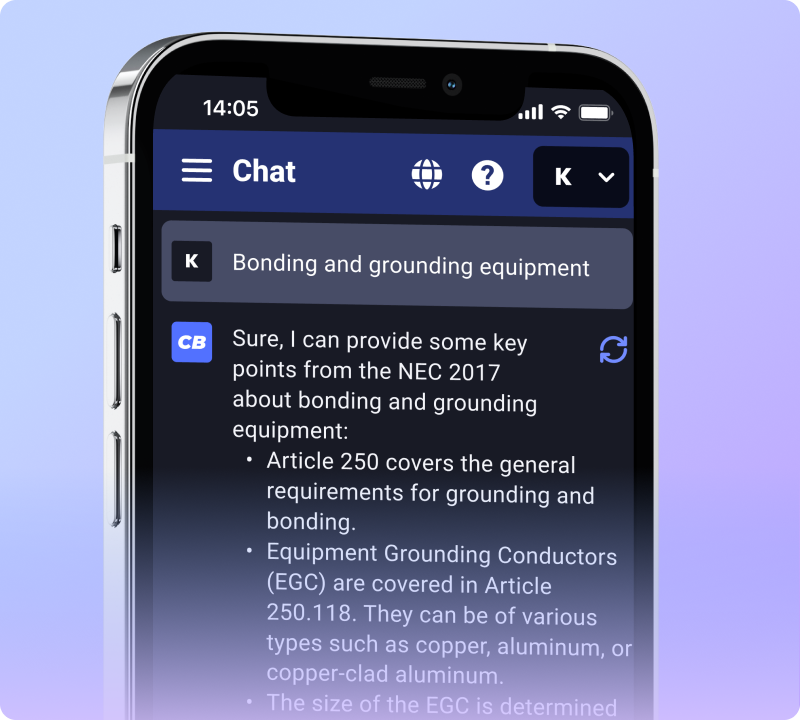Running electrical wire through studs is a fundamental task for electricians in the construction and renovation of residential and commercial buildings. This guide provides clear, concise instructions tailored to the needs of electrical business owners, project managers, engineers, journeymen, master electricians, and apprentices in the United States.
Preparing for Installation
Before you begin, it’s essential to have a clear plan and the right tools. Gather all necessary materials, including the appropriate wire type, drill, drill bits, wire fish tape, and protective equipment.
Safety First
Always ensure power is turned off before starting any electrical work. Wear safety glasses and gloves to protect against debris and sharp edges.
Understanding Studs in Construction
Studs are vertical framing members in walls, typically spaced 16 or 24 inches apart. They form the structure to which drywall and other materials are attached.
NEC Guidelines for Running Wire Through Studs
The National Electrical Code (NEC) sets standards for safe electrical wiring practices.
Drilling Holes in Studs
- Drill holes in the center of the stud to maintain structural integrity. The NEC requires that holes be at least 1.25 inches from the edge of the stud.
- For multiple wires, ensure that the holes are spaced to prevent wire damage.
Threading Wires Through Holes
- Use a drill with a long bit or an auger bit to create pathways through studs.
- Feed wires through holes using a fish tape or a pull string. Avoid over-pulling or bending wires excessively.
Securing Wires
- Protect wires running closer than 1.25 inches to the edge of a stud with a steel plate.
- Staple wires neatly along the side of the stud, maintaining the NEC’s spacing requirements.
Best Practices for Efficient Wiring
- Map out your wiring route before drilling.
- Keep wires organized and label them for easy identification.
- Check for other utilities like plumbing or HVAC before drilling.
Conclusion
Running electrical wire through studs is a critical skill for electricians. By adhering to NEC guidelines and utilizing resources like Code Buddy, you can ensure your installations are safe, efficient, and up to code.


